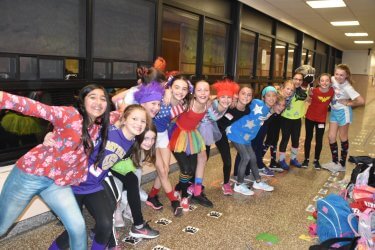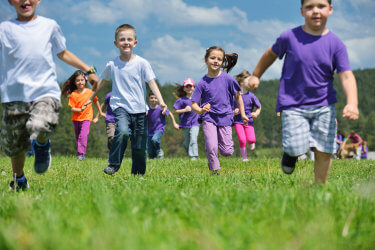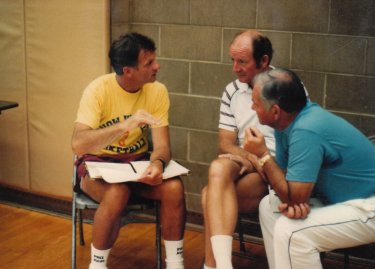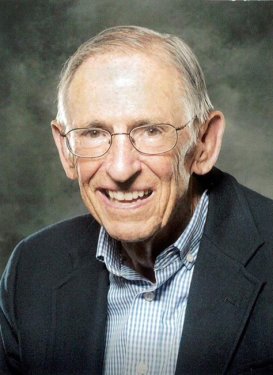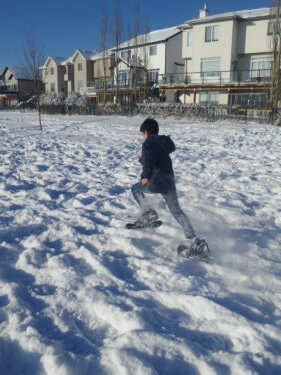FROM THE FOUNDER: First of all, I would like to thank the thousands of K-12 physical education teachers who have attended the institute in the past. Our upcoming gathering is expected to be the “Place To Be” for 500+ physical education leaders and experts from over 37 different states and 11 different countries. I also want to mention that we have decided to “close our doors” after 2020. In other words, this year (2019) and next year (2020) will be the last two events our company will host. It has been the pleasure of our family to serve each of you during this time. Thanks for your support!
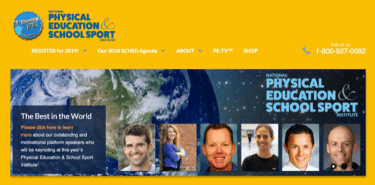
THIS YEAR’S EVENT: The 2019 National Physical Education & School Sport Institute will take place on Monday July 22 through Wednesday July 24, 2019 in Asheville, North Carolina. This is the 8th annual gathering dedicated to providing the ultimate learning and networking opportunity for #PEGeeks across the United States and around the world.
